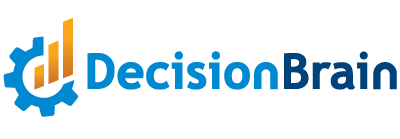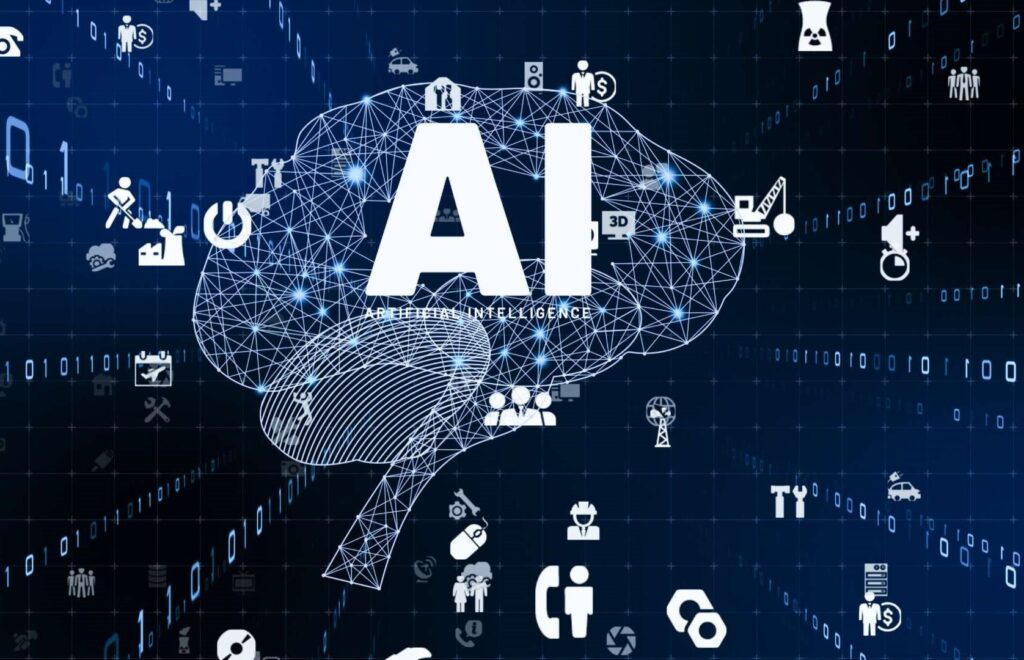Blog
How to Succeed at Workforce Change Management and Agility: What Works and What Fails
If you’ve ever tried to introduce a new system, process, or tool to your organization—especially one that affects how people work—chances are you’ve met resistance. From hesitant team members to skeptical executives, change management can feel like a tug-of-war with no winners.
This blog dives into what makes organizational change succeed, backed by research, real-world examples, and a bit of my own hands-on experience in workforce technology transformation.
What Is Organizational Agility (And Why Should We Care)?
Organizational agility is the capacity to adapt to change while maintaining structure and coherence. It involves responding to new circumstances with deliberate, informed action rather than reactive speed.
In 2025 Global Human Capital Trends research indicates that 85% of business leaders say they need more agile ways of organizing work to keep up with changing markets and technologies. At the same time, 75% of employees say they want more stability in their work lives. That’s the tension—and the art—of modern change management: moving fast without leaving people behind.
So the question becomes: how do organizations strike that balance?
Let’s look at some examples to better understand what factors make change management successful in organizations.
What Makes Change Management Successful? A Success Story and Key Stats
One example of a mature organization succeeding at digital transformation with agility: Microsoft’s Pandemic Response
When COVID hit, Microsoft didn’t wait. They transformed Microsoft Teams in a few months (a job that would normally take years):
- Scaled infrastructure for a 300% usage surge
- Enhanced video/collaboration tools
- Accelerated development cycles dramatically
Why it worked: They had mature internal processes, clear value targets, and leadership ready to steer change at full throttle.
One key pattern stands out: organizational maturity. Organizational maturity is built through experience, learning from failures, establishing repeatable processes (for design, estimating value/complexity, and end-to-end management), and fostering a culture of analytics (e.g., centers of excellence, communities of practice). Unfortunately, it cannot be achieved overnight, it takes time, experience, and the right mindset, values and culture to learn and grow.
Research shows that only 23% of businesses fall into the “mature” category when it comes to analytics and digital transformation. But those companies experience a 45% project failure rate, compared to 90% for less mature ones. That’s a massive difference.
How to Manage Change Without Losing Your Workforce
According to research by McKinsey, even though successful agile transformations depend on bottom-up engagement, top-down leadership is critical to make it work. They studied nearly 900 companies and compared over 300 highly successful transformations to less successful ones. The difference came down to four key actions that can raise the odds of success from 30% to 75%:
- Get top leadership aligned early
Before anything starts, ensure the leadership team fully understands agile principles and is ready to lead by example. The research clearly shows that following an unstructured, overly explorative, and bottom-up approach without a clear direction and leadership commitment hurts the chances of success. - Pursue value intentionally
Clearly define how agility will generate value. Instead of waiting for isolated pilot projects to scale organically, guide the organization deliberately toward that value. - Redesign the broader system
Go beyond just forming agile teams—real impact comes from rewiring the full operating model: strategy, roles, structures, processes, and technology. Unfortunately, many organizations try to rewire their operating model through isolated changes—such as concentrating primarily on ways of working, altering reporting lines, or implementing new technologies—without addressing the broader system. - Move fast and empower early adopters
Keep the transformation momentum by completing the major phase within 18 months. Accelerate in selected areas to show quick wins and build trust. For larger organizations, it might consist of multiple stages, each covering a specific part of the business (for example, a single city, country or business unit), each executed in less than 18 months.
Why Change Fails (And What We Can Learn From It)
Let’s talk about one of the less successful examples.
Case: The Airline That Tried to Automate a Problem That Didn’t Exist
One of the major airlines set out to improve how cabin baggage was managed, particularly the challenge of estimating how much space remained in the overhead bins during boarding. The idea was to use a new algorithm that could calculate the volume of each passenger’s bag and notify the crew when the bins were approaching full capacity.
At first, the proposal seemed like a smart use of technology. But as the project progressed, a fundamental issue became clear.
There was already a solution in place—one that had been working effectively for years. Flight attendants, drawing on their training and day-to-day experience, were already managing cabin space with accuracy and confidence. They could assess bag sizes quickly, make real-time decisions, and even intervene when needed. In contrast, the new algorithm introduced unnecessary complexity into a process that was already functioning smoothly.
This experience highlighted a common mistake: starting with a technology in mind and then searching for a problem to apply it to, rather than identifying a genuine operational need first and then evaluating whether technology could provide meaningful support.
Broader Lessons from Failed Projects
The best solutions come from knowing your workforce and the operations—what they do, what slows them down, and what they actually need.
Final Thoughts: Value Over Hype
From my own experience working at DecisionBrain, a company that digitizes processes and builds optimized planning and scheduling solutions for other businesses, one of the most important lessons is this: the stakeholders must be part of the development process the entire way, not just at kickoff and post-launch.
Ultimately, this is a planned and carefully followed journey, where we walk side by side—hand in hand—towards a shared goal: succeeding in the project and delivering real value. Success doesn’t hinge on one-off interactions or standalone decisions; it relies on open communication, active listening, and a willingness to collaborate throughout the process. When both sides invest in mutual understanding and transparency, the result is not only a more effective solution but also a lasting partnership built on trust.
To foster stakeholder engagement and a sense of ownership, there must be ongoing processes that actively involve both sides in discussion and decision-making. After all, a manager is more likely to tolerate a problem they can’t solve than to adopt a solution they don’t understand.
At the end of the day, a project’s success comes down to this: did it deliver value?
Not theoretical value. Not promised value. Real, measurable improvement—in employee experience, efficiency, customer satisfaction, or financial return.
It’s more important to ship something useful and flexible than to wait for perfection. Organizations evolve. So should the tools.
In a world that keeps speeding up, agility is essential. But it only works when it’s grounded in the real work people do—and when they’re brought along for the ride.
References
Aghina W., Handscomb C., Salo O., & Thaker S. (2021, May 25). The impact of agility: How to shape your organization to compete. McKinsey & Company. https://www.mckinsey.com/capabilities/people-and-organizational-performance/our-insights/the-impact-of-agility-how-to-shape-your-organization-to-compete
Poynton Sh., Cantrell S., Scoble-Williams N., Mallon D., & Lahiri G. (2025, March 24). Stagility: Creating stability for workers while boosting agility. Deloitte Insights. https://www.deloitte.com/us/en/insights/topics/talent/human-capital-trends/2025/organizational-agility-and-creating-stability-at-work.html
Decision Intelligence Lab. (2025, May 5). Doug Gray: Why data science projects fail [Video]. YouTube. https://www.youtube.com/watch?v=hEhLY6HdoaA&t=380s
Flouch A. (2025, May 20). It’s vital to balance AI agility with workplace stability. The Australian. https://www.theaustralian.com.au/business/tech-journal/its-vital-to-balance-ai-agility-with-workplace-stability/news-story/f61d86390f885dafca9d5e8ccface24a
Petres, S. (2025, April 16). Workforce agility: Essential for success. DevSkiller. https://devskiller.com/blog/workforce-agility/
About the Author
Naira joined DecisionBrain in 2024, bringing over five years of experience in IT, business analytics, and product management, having worked in companies ranging from early-stage startups to large-scale organizations. She holds a Bachelor’s degree in Data Science from the American University of Armenia and a Master’s in AI and Innovation Management from Bologna Business School. She specializes in identifying real-world problems and transforming them into innovative, data-driven strategies that stakeholders can easily understand and implement.
At DecisionBrain, we deliver AI-driven decision-support solutions that empower organizations to achieve operational excellence by enhancing efficiency and competitiveness. Whether you’re facing simple challenges or complex problems, our modular planning and scheduling optimization solutions for manufacturing, supply chain, logistics, workforce, and maintenance are designed to meet your specific needs. Backed by over 400 person-years of expertise in machine learning, operations research, and mathematical optimization, we deliver tailored decision support systems where standard packaged applications fall short. Contact us to discover how we can support your business!











